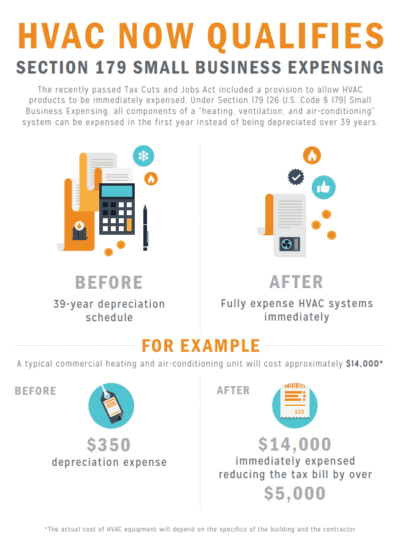Preparing Your Home For Heat Pump Setup: A Comprehensive List
Preparing Your Home For Heat Pump Setup: A Comprehensive List
Blog Article
Staff Writer-Egan Rosario
Before diving into the installation process, it's imperative to guarantee your home is ready for the upcoming heat pump setup. From decluttering the area to examining electrical compatibility and air flow, each step plays a vital role in the effective configuration of your brand-new system. By meticulously preparing domestic air conditioning lincoln , you lead the way for a smooth installment experience and efficient functioning of your heatpump. Yet what other essential considerations should you remember to assure a problem-free procedure?
Clearing Up the Installment Area
Have you prepared the setup area for your heatpump? Before the setup process begins, it's important to make sure that the area where your heat pump will certainly be installed is clear and prepared for the service technicians to work effectively.
Beginning by removing any kind of challenges or clutter near the designated area for the heat pump. Make sure that there suffices space around the system for correct air flow and upkeep gain access to. Remove any kind of debris, plants, or furnishings that can block the setup process or hamper the heat pump's efficiency.
In addition, look for any type of prospective dangers such as looming branches or structures that could hinder the heat pump's procedure.
It's important to develop a risk-free and unblocked setting for the setup team to operate in. By making the effort to remove the installation location in advance, you can help ensure a smooth and successful heatpump setup procedure.
Checking Electric Compatibility
To guarantee a successful heatpump installation, it's essential to inspect the electric compatibility of your assigned installment location. Begin by making ducted air conditioning installer that your electric panel has the ability to support the brand-new heat pump. Examine if there are enough offered circuit breakers and sufficient amperage to take care of the additional tons. If required, consult with a qualified electrical contractor to examine and update your electric system.
Next, validate if the voltage requirements of the heat pump match your home's electric supply. A lot of heat pumps operate on common home voltage, but it's necessary to validate this to prevent any type of electric problems throughout installation. Additionally, guarantee that the wiring in your house remains in good condition and satisfies the specs laid out by the heatpump supplier.
Lastly, consider the area of the closest power source to the outside system of the heat pump. It needs to be available for simple connection without the need for comprehensive electrical wiring. By dealing with these electrical compatibility aspects beforehand, you can make sure a smooth and effective heatpump installation procedure.
Ensuring Appropriate Air Flow
For optimal performance and performance of your heatpump, making certain proper air flow is necessary. Sufficient ventilation enables the heat pump to operate optimally by supplying the necessary air movement for warm exchange processes. Before installment, see to it that the area where the heatpump will certainly be put has ample air flow to prevent overheating and make certain correct air flow.
Clear any type of obstructions around the device to enable unrestricted airflow, which is essential for the heat pump to operate effectively.
Along with the room around the heatpump, consider the overall air flow in your house. Good ventilation throughout your house helps distribute conditioned air properly, making certain consistent temperatures and maximizing energy cost savings. Proper air flow also aids keep interior air top quality by minimizing contaminants and wetness buildup.
During the installment procedure, speak with your HVAC specialist to verify that the ventilation needs for your specific heat pump version are met. By prioritizing ventilation, you can improve the efficiency and longevity of your heatpump system.
Conclusion
Now that you have gotten rid of the setup location, checked electric compatibility, and made sure appropriate ventilation, your home awaits an effective heatpump installation. By following this detailed checklist, you have actually developed a risk-free and conducive environment for the new heatpump to run successfully. Keep in mind to seek advice from experts if needed and take pleasure in the benefits of a much more comfortable and energy-efficient home.
